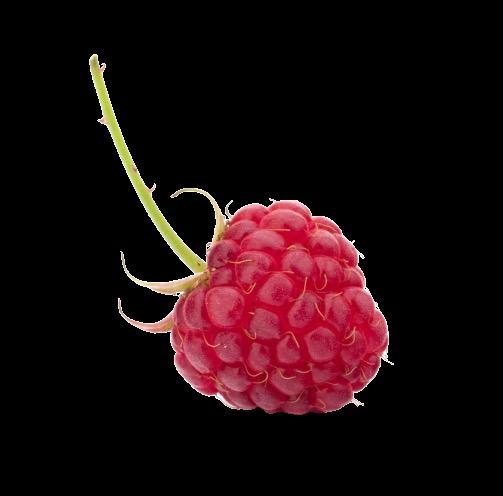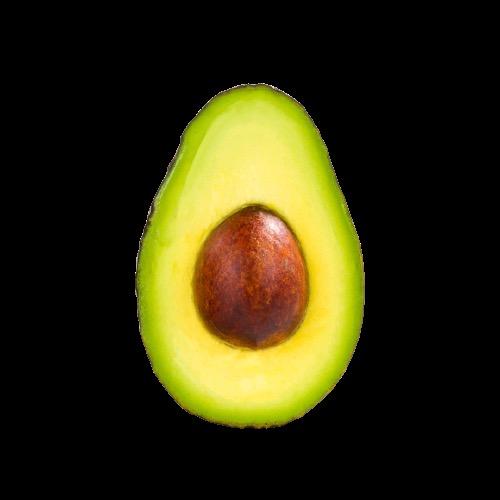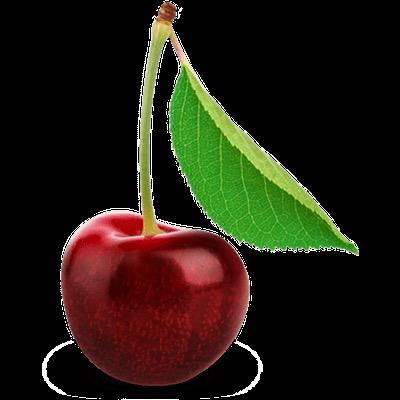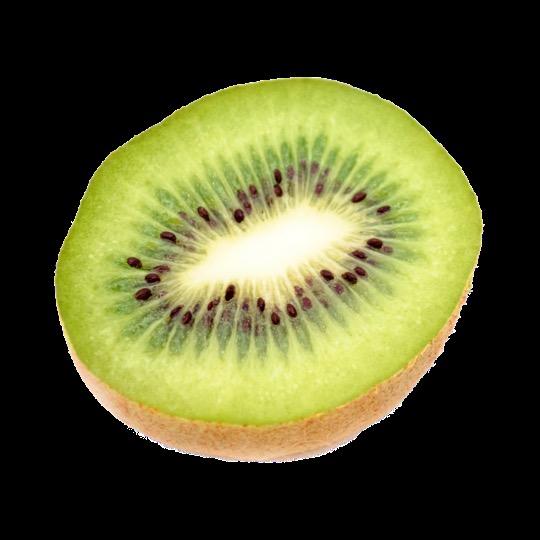
J.O. Combs Unified School District
Teaching Kids the Importance of Nutrition Education





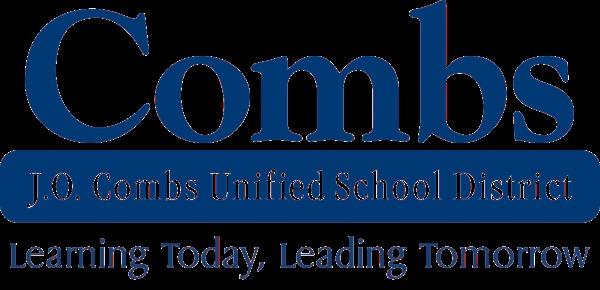
TM 2024 EDITION D I G I T A L M A G A Z I N E
E N R I C H M E N T Arizona

J.O. Combs Unified School District is proud to be participating in Wellness Wednesdays serving healthy foods & promoting nutrition education.






Teaching Kids the Importance of Nutrition Education.

Potassium



Cucumbers


Cucumbers are technically fruits since they & contain seeds.
There are

cucumbers.

of cucumbers seeds.


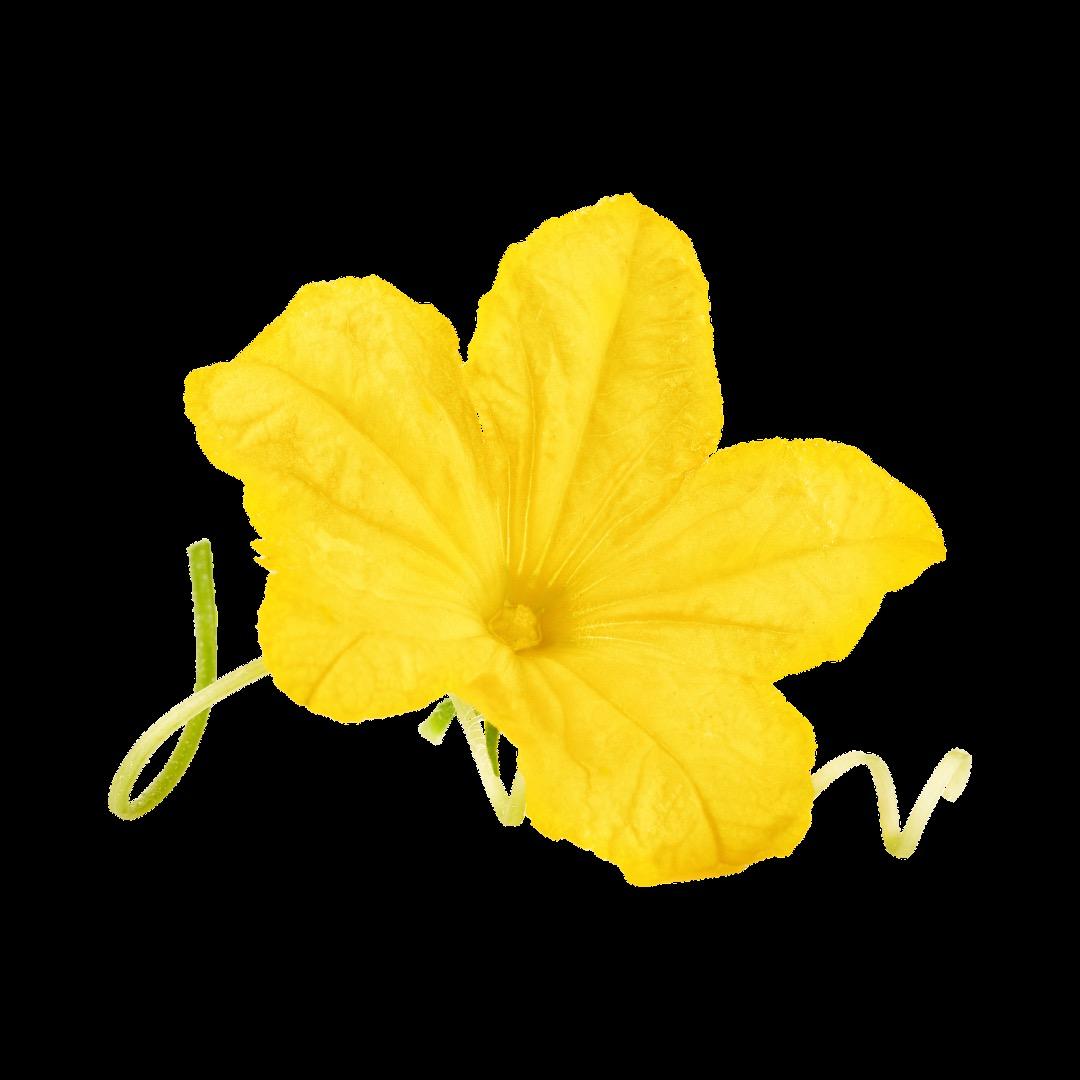



World Cucumber Day is June 14th!

Cucumbers grow on

1 vine can produce 25 - 125 cucumbers.



Potassium


Potassium supports balancing fluid & proper function of the muscles

Once potassium enters the body, it functions as an electrolyte
Helps to keep the body hydrated!

Electrolytes help amount of water in the body.
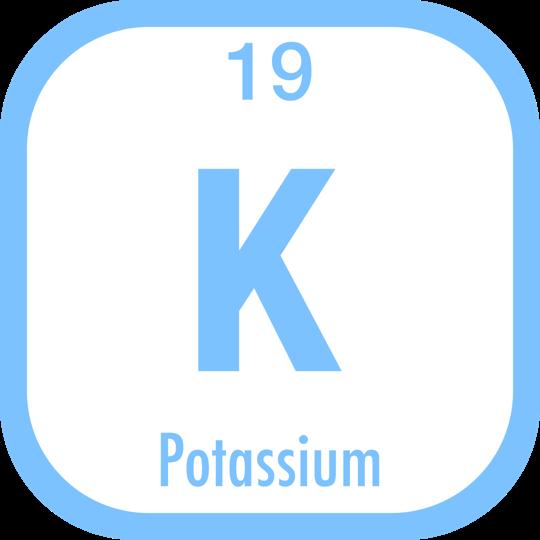
Potassium is THIRD most abundant mineral in the body.
Potassium helps promote bone health.
FUN FACT:
The body is made up of approximately 60% water.
Potassium helps to regulate muscle contractions.

98% of the body’s potassium is found it its cells.

Many runners eat foods high in potassium before a run to prevent muscle cramps

Blueberries



Blueberries are a type of fruit known for their mildly tarte taste.
Types of Blueberries:
1. Highbush
2. Lowbush
The U.S. is home to around 102,000 acres of blueberries.
Blueberries are native to North America.
4 JULY is National Blueberry Month!
3. Hybrid Half-High 4. Rabbiteye
Highbush blueberries are the most common.


The waxy coating on blueberries is called “bloom.”

1 blueberry bush can produce 6,000 blueberries/year.
Blueberries are one the only food naturally blue in color.

Lowbush blueberries are smaller & sweeterperfect for making jam!
Vitamin K


Vitamin K supports proper blood function, bone growth & kidney health.
2 main forms of vitamin K: K1 and K2.
Vitamin K is a fat-soluble which means…

The body has the ability to create vitamin K on its own.
Vitamin K helps the body heal from wounds.
It absorbs better into the body when eaten with foods with some fat like olive oil or avocados!

Vitamin K helps produce proteins that bind themselves to calcium - this helps build strong bones.

Vitamin K supports heart health.



Vitamin K is found throughout the body in the liver, brain, heart, pancreas & bones.
Vitamin K plays a role in proper blood function- specifically with clotting.
Spinach

3


Spinach is a nutritious, leafy green
Main Types of Spinach:
1. Savoy
2. Semi Savoy
3. Flat


The U.S. harvests around 960,000 pounds of spinach each year.

Spinach is a part of the goosefoot family of the shape of its leaves.
F R E S H spinach is the B E S T spinach!

Flat spinach is the best known & most popular.


Spinach prefer to grow in cooler climates.

of its major nutrients after harvesting.

Late spring/early spinach season.
Spinach thrives when grown in sandy soils.


Vitamin A



Vitamin A supports good vision, growth & immunity


Vitamin A helps see better at night more vivid colors during the day

How far can you read down this eye chart?



Vitamin A has antioxidant properties.
Vitamin A can help speed up the healing process of cuts & scraps.
Vitamin A supports the immune system to fight off infections.
Vitamin A is a fat-soluble vitamin.
Vitamin A is a fat-soluble vitamin – which means it absorbs better into the body when eaten with foods with some fat like avocados!
Grapes



Grapes are a type of that generally grow in clusters.

Colors of grapes: green, white purple, blue
Concord grapes are native to the U.S.

97% of grapes grown in the U.S. are from California.



Grapes are in peak season in the United States from August to October.
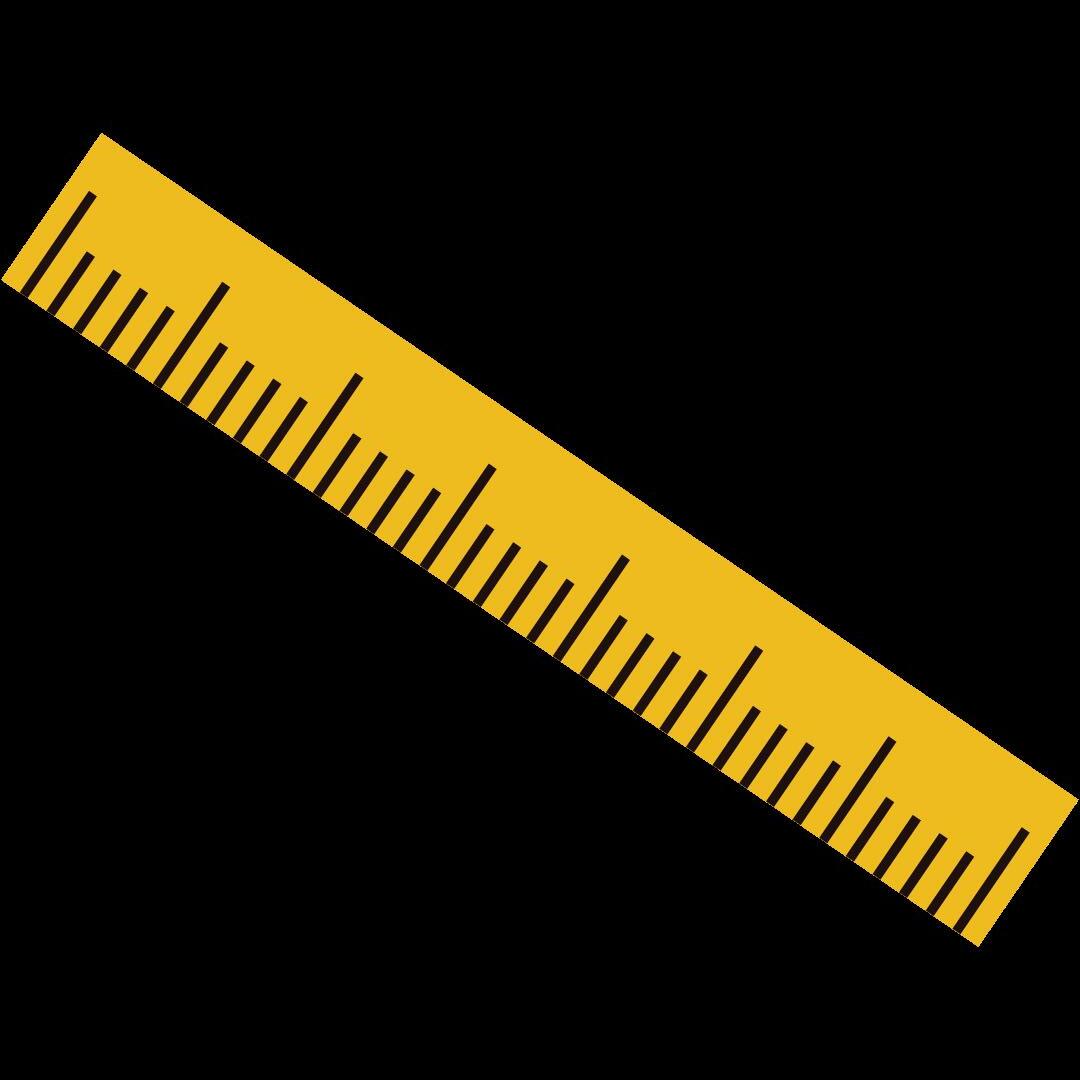
Grapevines can reach up to 50 feet in length.

1 grapevine produces around 40 clusters of grapes.
1 grape cluster contains around 75 grapes.
Copper




Copper supports the creation of red blood cells
Red blood cells help oxygen






Most copper in the body is found in the liver, brain, kidneys & skeletal muscles.

Copper helps the brain function properly.

because their plants roots absorbed them.
is known as an essential nutrient
Copper plays a role in helping the body turn food in energy


!
Milk
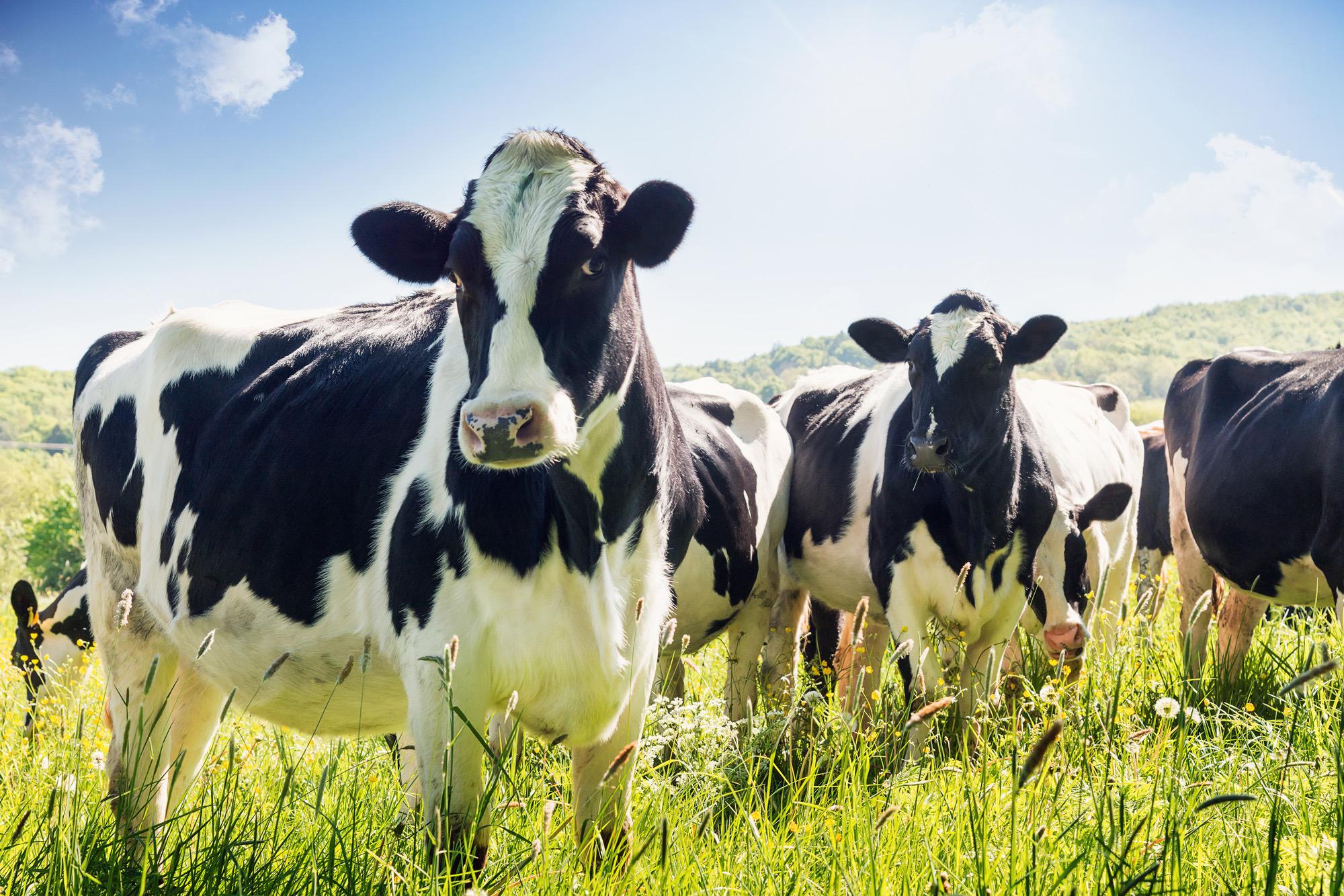


Milk is a type of dairy product –most commonly made from cows.
1 serving milk contains
13 essential nutrients
1. Ayrshire
2. Brown Swiss
3. Guernsey
4. Holstein
5. Jersey
1 cow produces around 6 gallons of milk/day.


Milking Shorthorn
Holstein cows all have a unique pattern of spots!

The reason milk is white is because it contains “casein”
- a type of protein.


The U.S. produces ~227 BILLION pounds of milk each year.

Milk is the source of ALL dairy products!


Calcium



Calcium supports healthy bones & teeth as well as proper blood & muscle function

Calcium is the 5th most abundant chemical element in the Earth’s crust.

Calcium helps keep muscles

99% of the body’s calcium is stored in the bones.

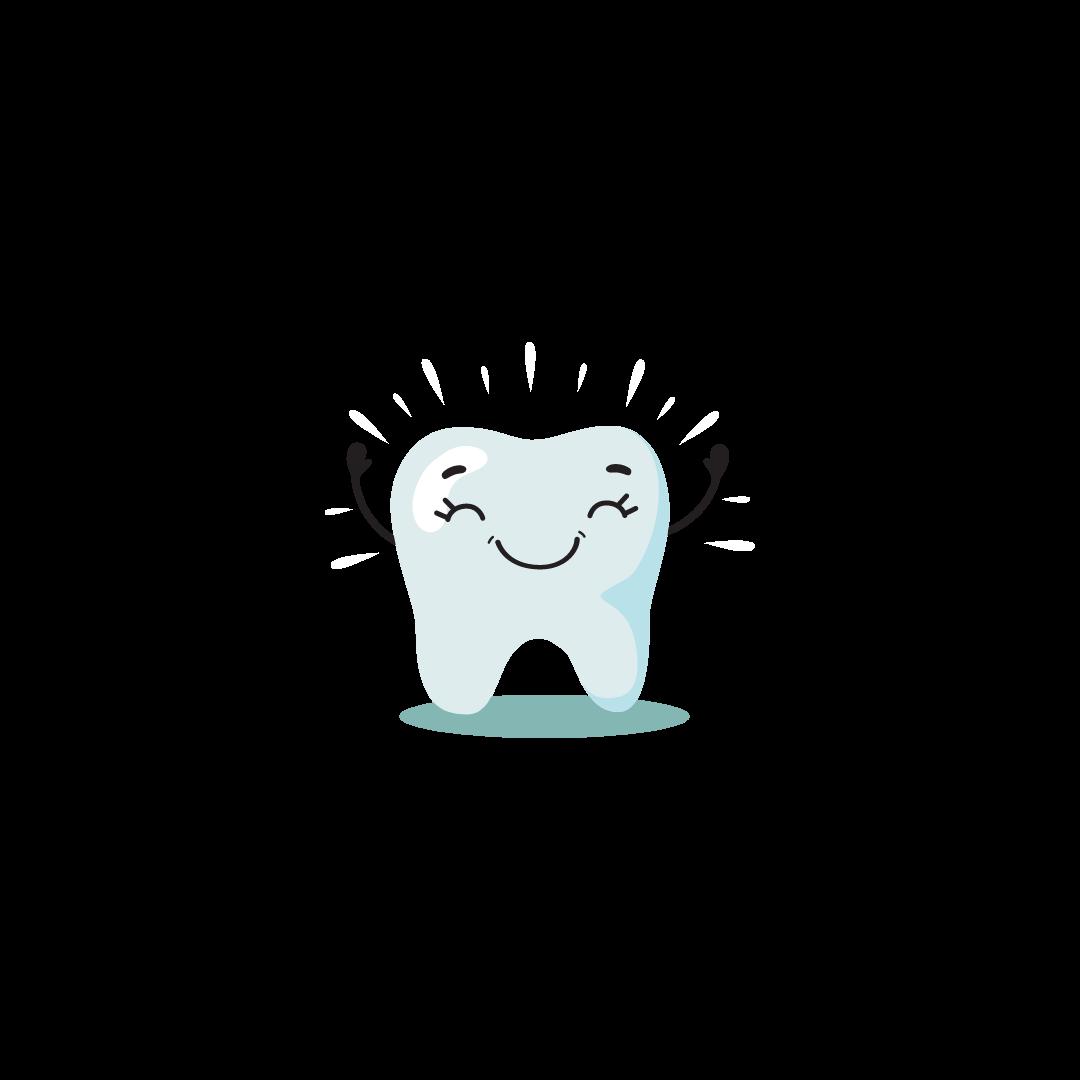
Calcium also supports 1% is found in the blood, muscles & other tissues.
Calcium helps to heal cuts & wounds.

Calcium helps form bones and teeth and keep them healthy.
Calcium is the MOST abundant mineral in the human body.



